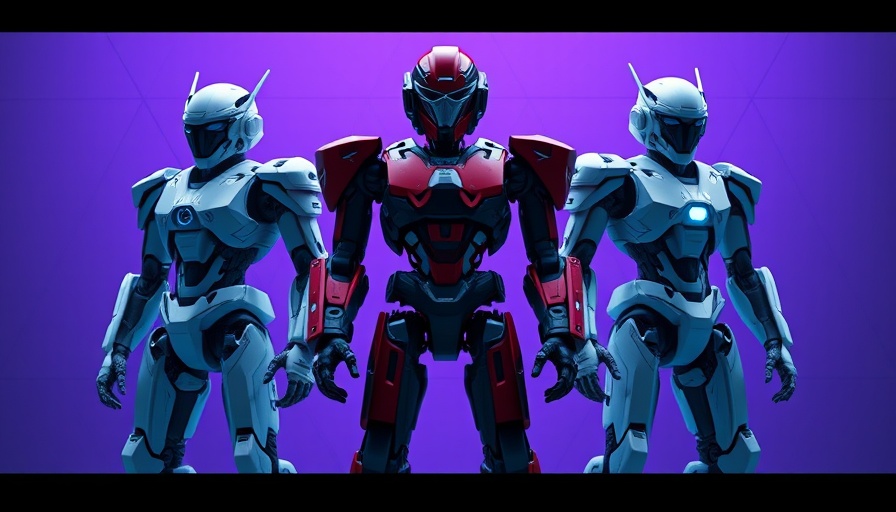
Riding the Wave of Robotics: An Overview
The world of robotics is rapidly evolving, moving from imagination to practical applications. This transformation has sparked a wide range of opinions, split primarily among those who embrace the possibilities, those who harbor fears about job displacement, and those who remain unimpressed by decades of unfulfilled promises. As we step into a new era defined by exciting developments, we explore what the future holds for robots in our daily lives.
Understanding the Landscape: Humanoids in Focus
At the forefront of this exploration are humanoid robots, which offer a glimpse into how artificial intelligence could revolutionize industries. Entrepreneurs like Brett Adcock of Figure AI are optimistic about the potential of humanoid robots to automate tasks traditionally performed by humans. Conversations with figures like Elon Musk, who envisions a future where physical labor is optional, reveal a vision where robots not only assist but could fundamentally change our workforce landscape. Adcock’s comment that 'eventually, physical labor will be optional' encapsulates this ambitious outlook.
Real-World Applications: From Assembly Lines to Logistics
The practical deployment of humanoids is beginning. Agility Robotics' Digit bots, for example, are currently in use at GXO Logistics, handling tasks ranging from unloading pallets to placing boxes on conveyor belts. Despite their advanced design, these robots are not without challenges. Navigating slippery surfaces and the necessity for robust Wi-Fi connections are hurdles that highlight the growing pains of robotic integration. Additionally, their battery life poses limitations, needing recharging after just a few hours of operation. However, each challenge presents an opportunity for innovation.
Embracing Automation: The Mixed Reactions of Society
The interaction between society and robots varies widely. While children express excitement at the prospect of robotic companions, older generations often respond with skepticism or indifference. This spectrum of attitudes reflects deeper societal concerns surrounding automation's implications—from the economic impact of job loss to the personal effects of living alongside machines. Understanding these perspectives is vital as we forge ahead in this robotic era.
Looking Ahead: Future Visions and Trends
The future of robotics promises to be bustling with innovation. Advancements in AI, machine learning, and engineering will push the boundaries of what robots can accomplish. The integration of humanoid robots into new sectors signals a significant paradigm shift whereby these machines may take on more responsibilities, potentially leading to improved productivity. It becomes clear that the question isn't if robots will be part of our future, but rather how they will slot into our existing frameworks.
What's Next: Opportunities and Ethical Considerations
Amidst the frantic pace of innovation lies the need for ethical considerations. As companies rush to deploy humanoid robots, it's crucial to address potential risks associated with their introduction. Questions about data privacy, the ethical treatment of AI, and economic disparities must navigate the conversations surrounding robotics. Ensuring the responsible deployment of these technologies can foster a healthier integration into society.
The Human Element: A Call for Collaboration
The revolution in robotics isn't just about machines—it’s also about people. Collaboration between humans and robots could redefine our understanding of work and productivity. By creating partnerships where robots assist rather than replace human jobs, society can harness the benefits of technology while addressing the fears and skepticism that accompany it.
 Add Row
Add Row  Add
Add 
 Add Element
Add Element 

Write A Comment